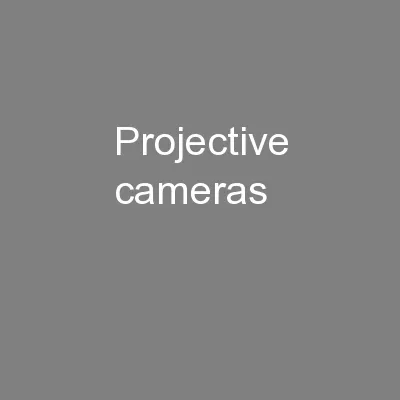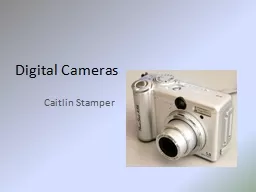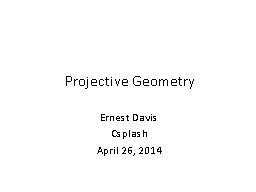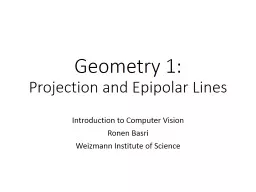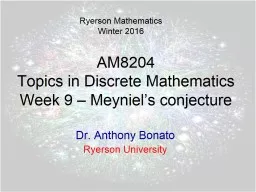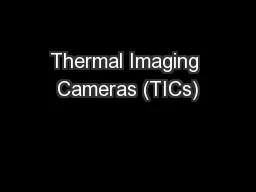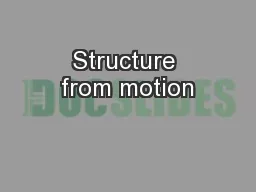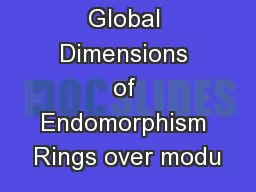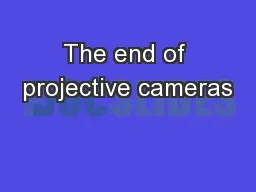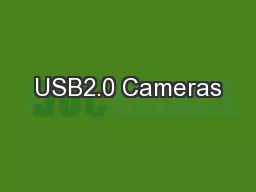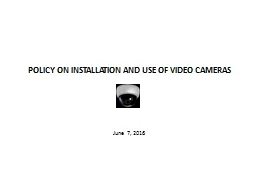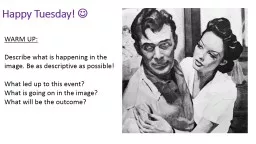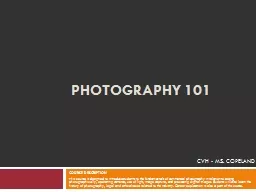PPT-Projective cameras
Author : natalia-silvester | Published Date : 2016-06-23
Trifocal tensors Euclideanprojective SFM Self calibration Line geometry Purely projective cameras Je ne suis pas la la semaine prochaine Quand peut on rattrapper
Presentation Embed Code
Download Presentation
Download Presentation The PPT/PDF document "Projective cameras" is the property of its rightful owner. Permission is granted to download and print the materials on this website for personal, non-commercial use only, and to display it on your personal computer provided you do not modify the materials and that you retain all copyright notices contained in the materials. By downloading content from our website, you accept the terms of this agreement.
Projective cameras: Transcript
Download Rules Of Document
"Projective cameras"The content belongs to its owner. You may download and print it for personal use, without modification, and keep all copyright notices. By downloading, you agree to these terms.
Related Documents

